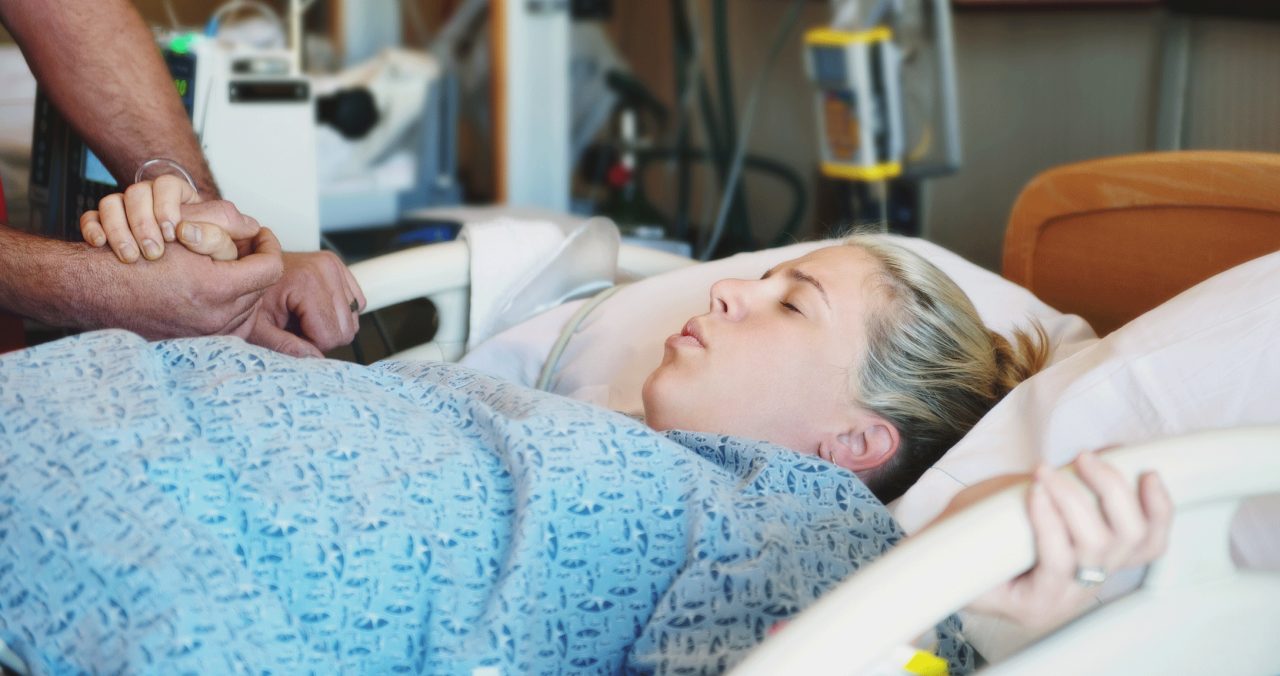Dying in Childbirth Is More Common in Rural Areas

About 1,200 women die during childbirth in the United States each year. The death rate is far greater in rural areas, particularly among black women.
Dying in childbirth is more common in rural areas. The number of deaths has been climbing in the United States, which has the worst rate among developed countries.
About 1,200 women die each year. More than 90 percent of those deaths could have been prevented. It’s worse if you’re black. In the most rural of areas, nearly 70 black women die for every 100,000 live births.
In an analysis from the U.S. Government Accountability Office, the overall rural maternal death rate was 20.1 per 100,000 live births. In U.S. cities — defined as areas with a population of more than a million — the rate is about 15.
YOU MIGHT ALSO LIKE: Rural Stroke Victims May Live Too Far from Health Facilities
Why is the rural maternal mortality rate so high?
About half the counties in the United States don’t have an obstetrician-gynecologist or a nurse midwife. More than 10 percent of rural women must drive 100 miles or more for obstetric services and less than half can find services within 30 miles. By the time they see a doctor, their medical problems are more advanced.
Sometimes women just can’t get to the hospital or a midwife. They deliver at home, in ambulances, in the lobby, or in the parking lot.
The Centers for Disease Control and Prevention tracks the causes of death. Data shows that cardiovascular conditions cause more than a third of pregnancy-related deaths. The next most common problem is infection.
Both problems are related to poverty. In rural areas, 50 percent to 60 percent of births are covered by Medicaid, a government program for the poor. If you are poor, you are more likely to have unreliable housing and food and be subject to violence.
Those stresses wear down your body and can increase blood pressure and heart rates, while contributing to obesity and mental illness. If the stress hormone cortisol is too high, it can interfere with immunity and increase the risk of infections and life-threatening pregnancy complications like preeclampsia.
Beyond dying in childbirth, lack of care and too much stress leads to premature and low-weight babies, while increasing the risk of postpartum depression and other medical problems.
To address the shortfalls, the Rural Obstetrics Management Strategies Program has been providing funds to rural hospitals to pilot, test, and develop solutions. A basic problem is lack of hospital obstetric units, many of which have been shutting down.
What are the solutions?
Solutions include:
- Expanding education for rural medicine
- Giving medical school graduates incentives to practice in rural areas
- Increasing the scope of practice for midwives
Telehealth programs can link local providers to hospitals with specialists. Women can also get more advice remotely without the need to travel. Expanding Medicaid and other insurance programs can help women afford care.
What can you do as a pregnant rural woman?
Look for prenatal services at community health centers and the possibility of telehealth consultations. If you live far from an obstetric unit in a hospital, you might choose to schedule a cesarean section so you won’t have to rush in for a delivery.
Just know that you may have an increased risk of complications, such as a postpartum hemorrhage, a prolonged hospital stay, and postpartum depression. Another approach is to find a place to stay near the hospital the week before your due date.
Updated:
August 10, 2023
Reviewed By:
Janet O’Dell, RN